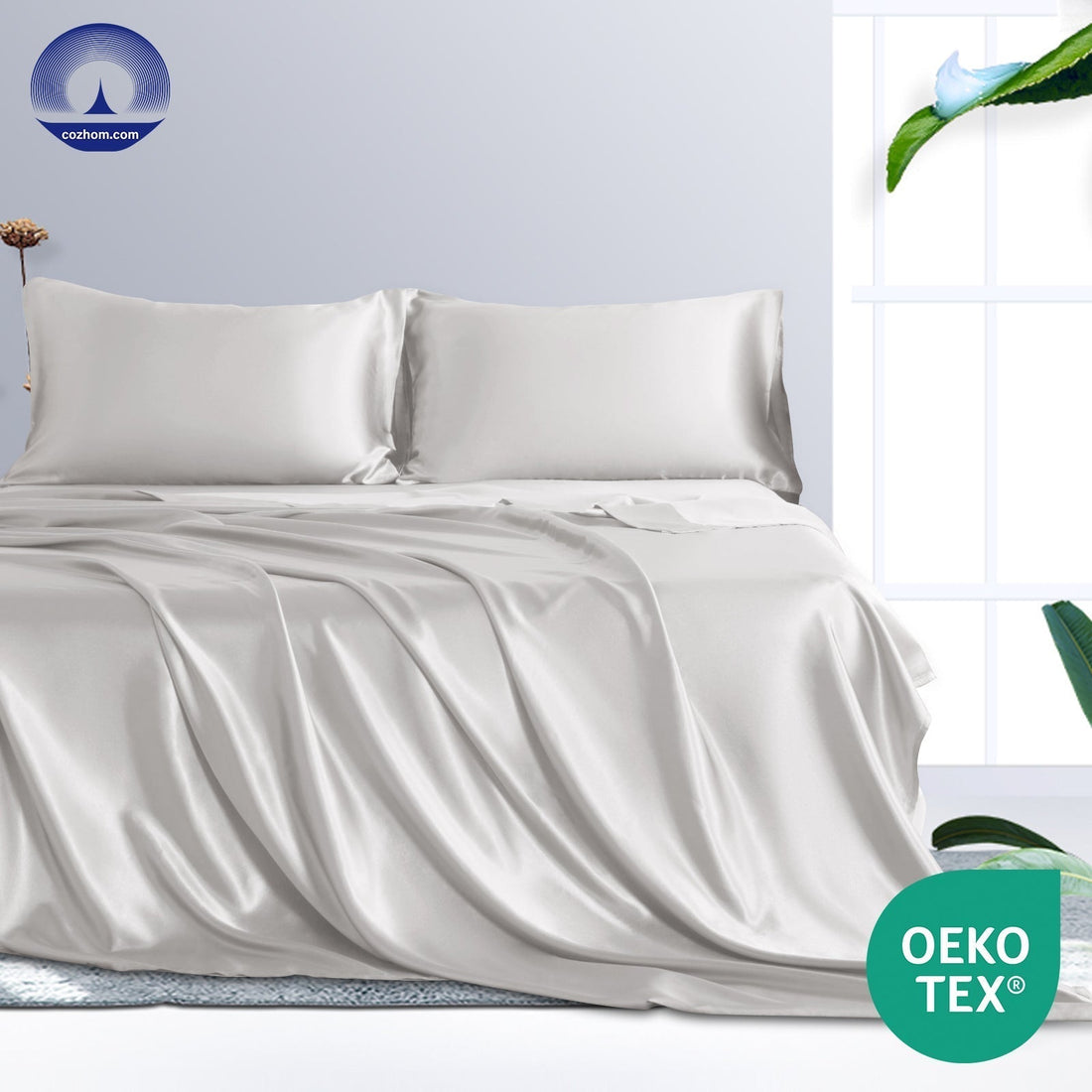
COZHOM vs. Traditional Bedding: A Comparative Analysis
Share
Introduction
For centuries, bedding has served one primary purpose: comfort. Traditional bedding — whether cotton sheets, down duvets, or memory foam mattresses — provides a soft surface but rarely addresses the physiological challenges of pregnancy. By contrast, COZHOM X Series bedding integrates advanced textile science to support circulation, oxygen delivery, and restorative sleep. This article provides a comprehensive comparison between traditional bedding and COZHOM, helping expecting mothers understand why a functional sleep system matters during pregnancy.
Evaluation Criteria
To create a meaningful comparison, we examine bedding under six dimensions:
- Comfort and ergonomics
- Circulatory support
- Oxygenation capacity
- Thermal regulation
- Safety during pregnancy
- Clinical and user evidence
Traditional Bedding: Strengths and Weaknesses
Strengths:
- Affordable and widely available
- Familiar materials such as cotton, linen, or polyester
- Basic comfort and warmth
Weaknesses:
- Lacks targeted support for circulation and oxygenation
- Inconsistent thermal regulation — often leads to overheating
- No evidence of clinical benefit for pregnancy-related insomnia
- May trap moisture, leading to discomfort or skin irritation
COZHOM X Series: Functional Innovation
The X Series goes beyond comfort, addressing specific physiological needs of pregnant women:
- Circulation: Fabric technology reduces pressure points and promotes microcirculatory flow.
- Oxygenation: Enhances red blood cell oxygen-carrying capacity, reducing nocturnal hypoxia triggers.
- Thermal Regulation: Maintains stable temperatures, avoiding overheating common in late pregnancy.
- Clinical Evidence: Pilot studies show 25–30% improvement in sleep efficiency and 20–25% fewer awakenings.
Unlike traditional bedding, COZHOM actively supports the biological foundation of sleep.
Direct Comparison Table
| Feature | Traditional Bedding | COZHOM X Series |
|---|---|---|
| Comfort | Soft but generic | Ergonomic + circulation-enhancing |
| Circulation | No effect | Improves microcirculation and oxygen delivery |
| Oxygenation | Neutral | Enhances red blood cell oxygen capacity |
| Thermal Regulation | Prone to overheating | Stable temperature microclimate |
| Pregnancy Suitability | Basic support | Clinically observed to reduce awakenings and improve efficiency |
| Evidence | Anecdotal comfort reports | Pilot clinical studies + user testimonials |
Case Examples
Example 1: Overheating at Night
Traditional bedding often traps heat, leaving mothers drenched in sweat. COZHOM’s thermoregulating fibers dissipate heat effectively, reducing awakenings due to overheating by nearly 25% in observational reports.
Example 2: Back and Hip Pain
Traditional bedding applies uneven pressure, aggravating musculoskeletal discomfort. COZHOM distributes weight evenly, alleviating back strain and hip pressure, which translates into fewer position changes at night.
Emotional and Psychological Impact
Better circulation and oxygenation lead to deeper sleep, which enhances emotional stability. Pregnant women using COZHOM report less irritability and anxiety. By contrast, traditional bedding does not address the biological stressors that cause sleep fragmentation.
Conclusion
The comparison is clear: while traditional bedding provides baseline comfort, it fails to meet the unique physiological demands of pregnancy. COZHOM X Series bedding combines comfort with scientifically backed enhancements in circulation, oxygenation, and sleep efficiency. For expecting mothers, this difference can mean the transition from restless nights to restorative rest.
For insights into the emotional side of sleep improvement, read Beyond Sleep: Emotional and Physical Benefits of COZHOM. If you are ready to experience the difference yourself, shop COZHOM X Series bedding now.